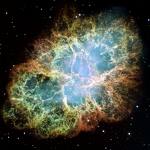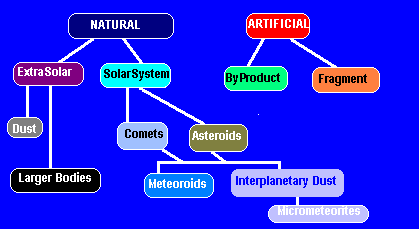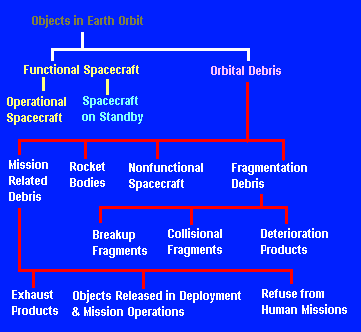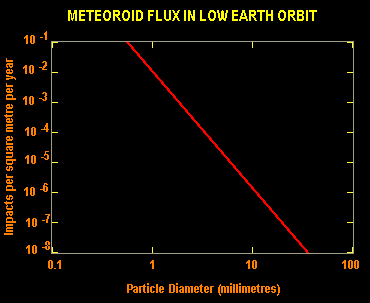
NASA/HST image
Classification of Space Debris
'Natural' Space Debris
Orbital Space Debris
Observation and Tracking
Hypervelocity Collisions
Impact Physics
Debris Generation and Evolution
Reentry and Planetary Entry
Collision Avoidance
Debris Mitigation and Protection
Current Issues
Space Debris Organisations
Space Debris People
Acronyms
Space Debris Resources


